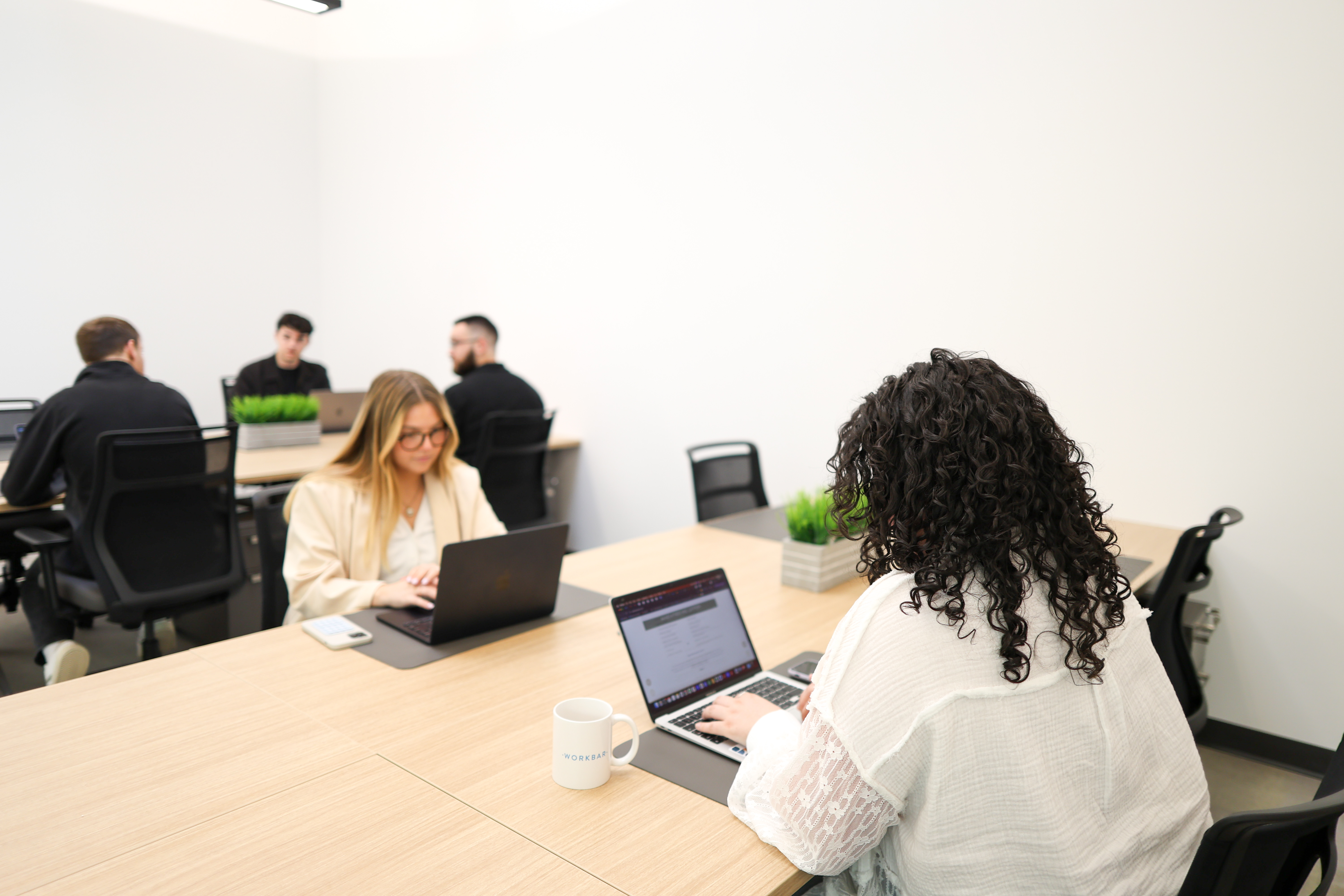How To Design An Office Space For Optimal Productivity

Following the pandemic, many companies are now embracing innovative office design elements to enhance the allure and value of in-office work. This shift underscores the vital importance of creating an engaging, collaborative environment that stimulates productivity and fosters a sense of community among employees.
As the CEO of a company that creates communal workspaces, I've seen firsthand how spatial design, technology integration and community-centric amenities can cater to the functional and experiential needs of the people in the spaces. Here's how to optimize your space to promote communication, teamwork and innovation:
Design Principles For Productivity
The modern work landscape has witnessed the rise of coworking spaces, and individual companies can learn something from these spaces, which are designed for flexibility and meet the varied needs of freelancers, entrepreneurs and businesses. A strategic spatial layout incorporates a blend of open workspaces, private offices, suites and collaborative areas to support different work styles and activities. Ergonomic furniture, adjustable lighting and sound management are also key to enhancing comfort and focus. While aesthetics are important, I recommend prioritizing functionality, especially when it comes to seating, since you'll need the furniture to support prolonged use.
Employing biophilic design principles—the integration of natural light, greenery and outdoor spaces—can also help boost well-being and productivity. Studies, including one by Gather, have shown that such exposure significantly reduces stress and improves cognitive function, positively affecting work output. Choices around color schemes can also be made to stimulate creativity and energy levels, with soft, neutral tones providing a calm atmosphere and vibrant colors enhancing mental activity and space vitality.
In our workspace, I strategically utilize lighting to amplify the influence of color, thereby enhancing both the atmosphere and functionality of the area. For example, we've installed blue lighting to foster alertness and enhance focus on tasks requiring attention. This particular shade of light is chosen for its ability to boost performance and concentration but also encourages open interaction and stimulating conversations among people in the space.
Technology Integration
Acknowledging technology's pivotal role in contemporary work, robust internet and Wi-Fi networks ensure seamless productivity. A commitment to ISP (internet service provider) redundancy and on-site IT support showcases a company's dedication to meeting employee's technical needs with efficiency and reliability. It can feel like service disruptions from providers occur almost every week, so diversifying your reliance on multiple providers can be a strategic move to maintain consistent connectivity.
The adoption of cutting-edge digital tools, especially ones with AI integration, can also help facilitate seamless operations when it comes to room bookings and space access. Having a physical manifestation of the backend technology, such as an iPad, outside the room is really helpful, too. I just started to use a wireless bluetooth speakerphone with a 360-degree microphone so any call can be turned into a multi-person meeting. Streamlining these technologies allows employees to concentrate on their work with fewer distractions and more efficiency.
Community And Amenities
Spaces designed for networking and collaboration can help foster community, allowing your team to exchange ideas and create opportunities. Regular events and workshops support this dynamic, facilitating learning and partnerships. These types of events can be geared toward both professional and personal interests.
I recently participated in a lunch and learn session about screen time and its impact on children. This experience offered me the valuable opportunity to engage with colleagues on a topic of mutual interest and relevance. It underscored the importance of making the most of our workday beyond just the solitary tasks. Engaging in such enriching discussions not only broadens our perspectives but also enhances our work-life balance by integrating learning and networking into our daily routine. A focus on wellness amenities, such as fitness facilities and leisure zones, also emphasizes the importance of balance for sustained productivity and mental health.
In conclusion, this holistic perspective on office design can not only enhance individual work efficiency but also help you build a vibrant, interconnected community, leveraging the best aspects of coworking spaces to create a dynamic and engaging workplace for your employees.
This article was previously published on forbes.com.


